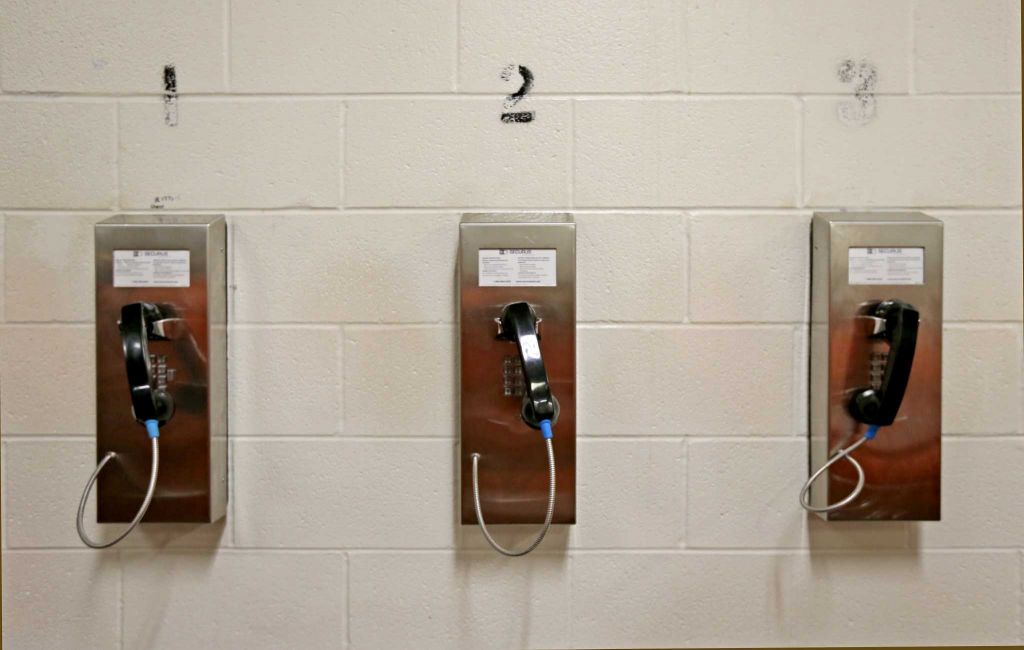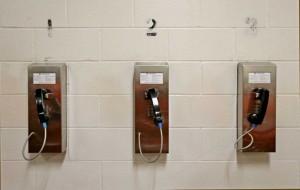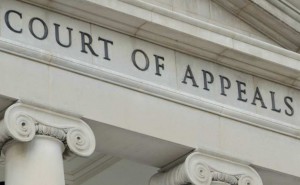People v Vining
2017 NY Slip Op 01144
New York Court of Appeals
Issue: Whether the recording of a phone call between a defendant and his ex-girlfriend while defendant was incarcerated was admissible into evidence as an adoptive admission where the ex-girlfriend made assertions to which the defendant gave an evasive response.
Holding: The Court of Appeals held that the phone call between the defendant and his ex-girlfriend was correctly admitted into evidence as an adoptive admission and that the defendant’s lack of denial and evasive response to the allegations established the threshold foundation for which the phone call was admissible.
Facts: The defendant’s charges arose from incidents between the defendant and his ex-girlfriend. At trial, it became apparent that the relationship was unstable. The People brought into evidence several incidents of domestic abuse including the defendant stomping on his ex-girlfriends chest, breaking several ribs.
The People were aware that the victim was far from an ideal witness. She had a history of substance abuse, mental illness, criminal history, and a history of deceiving authorities. On the day she was to appear to testify, she did not show up and was brought to court in handcuffs.
The trial court allowed the People to play the phone call during the jury trial, which was made in jail by the defendant to the victim. During the call, the victim accused the defendant of breaking her ribs and the defendant gave evasive and non-responsive answers instead of denying the accusations. The pair also discussed a possible length of the defendant’s jail sentence.
The defense counsel provided instructions for the court to read to the jury prior to the call being played and during its final charge. The court instructed the jury to determine whether the defendant’s failure to respond was an admission and then?if they do find the silence was an admission, the significance of that admission. The court reminded that jury that an individual’s natural caution that arises from his knowledge that anything he says may be used against him and that an individual may refrain from speaking because he believes that efforts to exonerate himself under the circumstances would be futile.
The jury found the defendant guilty of attempted assault in the third, assault in the third, criminal mischief in the fourth, and criminal trespass in the second. On appeal, the defendant argued the lower court erred in admitting the phone recordings into evidence. The Appellate Division held that the lower court did not abuse its discretion in admitting the phone call.
Analysis: The defendant’s silence was admissible based on the court’s reasoning on the definition of adoptive admission. The court held that an adoptive admission occurs “when a party acknowledges and assents to something already uttered by another person.” Effectively, the third party’s statement becomes the defendant’s own admission. Even when the defendant stays silent, the court found that it can be considered an admission because the party’s silence in the face of an accusation, under circumstances that would prompt a reasonable person to protest, is generally considered an admission. The Court also held that an equivocal or evasive response may similarly by used against a party either as an adoptive admission by silence or an express assent. These were the circumstances of the present case. Instead of denying the victim’s allegations, the defendant gave evasive responses.
The Court recognized that a party’s silence holds a strong risk of prejudice but that the rules of evidence sometimes permit admissibility of such evidence to establish a relevant demonstrative response of the affected party. Additionally, the present case presents distinct circumstances since the defendant did not lack verbal response to the victim’s accusations.
To allow a defendant’s silence or responses as evidence against himself, the People must show that the defendant heard and understood the allegation. Again, the fact that the defendant was not completely silent established a distinct situation. If the defendant had remained silent immediately following the assertion, perhaps the outcome would be different and the court would have determined that the defendant may not have heard or comprehended some aspect of the victim’s allegation. However, the defendant’s response indicated that he fully comprehended the victim’s statements and chose not to deny her assertions. The Court held that, under the circumstances, a reasonable party would have denied these allegations instead of giving an evasive response. People v Allen, 300 NY 222, 225 (1949).
The Court determined that the facts here established a threshold foundation for the admissibility of the phone call and that it was for the jury to decide the value of the evidence. The trial court properly concluded that the defendant heard and understood what the victim was saying during the call, and the Court of Appeals found no reason to believe the trial court abused its discretion in deciding its conclusion. Further, the context of the phone call supported to lower courts decision in that the defendant gave manipulative responses to the accusations made by the victim and that the defendant initiated the call to the victim in an attempt to convince her to drop the charges.
The defendant also requested that the portion of the call that referred to the defendant’s sentencing exposure be removed. He urged that the potential prison time was inextricably intertwined with the defendant’s purpose of calling the victim to manipulate her to drop the charges and that the court erred in refusing to remove the content at trial. The Court held that the trial court did not abuse its discretion and that any prejudice was removed by the defense counsel’s instructions to the jury to disregard that portion of the call.
In sum, the defendant heard and understood the victim’s assertions and made an evasive response that established the threshold foundation for which the phone call was admissible into evidence as adoptive admission.


